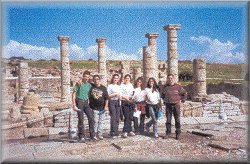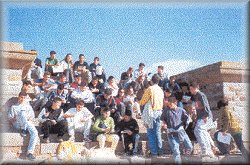
Baelo Claudia
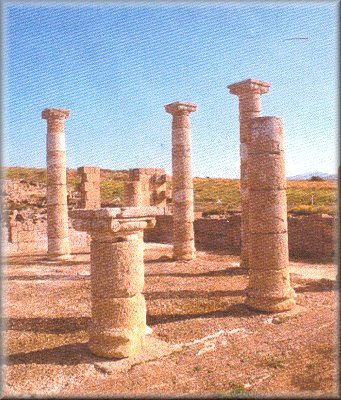
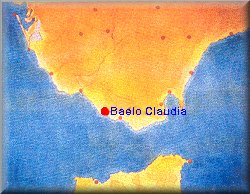 The city of Baelo Claudia, situated along the Strait of Gibraltar, was built in a cove at Bolonia. The Mountain ranges of La Plata and San Bartolomé almost completely surround it, leaving it open to the Atlantic, its principal outlet to the world beyond.
The city of Baelo Claudia, situated along the Strait of Gibraltar, was built in a cove at Bolonia. The Mountain ranges of La Plata and San Bartolomé almost completely surround it, leaving it open to the Atlantic, its principal outlet to the world beyond.
Baelo Claudia was built at the end of the II century B.C. and it soon became an important centre among the stronghold of Roman Andalusia, then called Bética
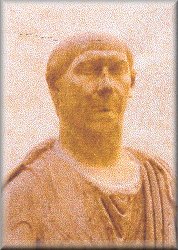
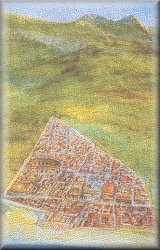
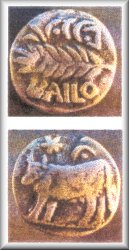
By the I century A.D., the city was at its height of activity. Under the Emperor Claudius (41-54 A.D.), it was conferred the rank of Roman "municipium" and thence acquired the name Claudia, probably in recognition of this honour.
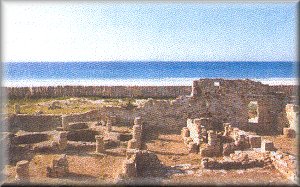 The livelihood of Baelo Claudia centred around the industrialization of the fishing trade. Salted fish and sauces made from it ("garum") were the main products of the industry .As well as this, it is highly probable that Baelo Claudia served as an administrative point to the surrounding coastal areas.
The livelihood of Baelo Claudia centred around the industrialization of the fishing trade. Salted fish and sauces made from it ("garum") were the main products of the industry .As well as this, it is highly probable that Baelo Claudia served as an administrative point to the surrounding coastal areas.
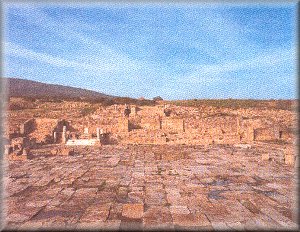 The causes of Baelo Claudia's economic downfall are not clear. It is genera1ly accepted that circumstantial factors were to blame, such as the social and economic crises which the Empire suffered from the end of the II century A.D. and which provoked the exodus from the city of large sections of its population, as well as the growing precariousness of commercial trade and the trend towards self-rule. Equally significant was the earthquake which the city almost certainly experienced and which coincided with its long-term period of decline.
The causes of Baelo Claudia's economic downfall are not clear. It is genera1ly accepted that circumstantial factors were to blame, such as the social and economic crises which the Empire suffered from the end of the II century A.D. and which provoked the exodus from the city of large sections of its population, as well as the growing precariousness of commercial trade and the trend towards self-rule. Equally significant was the earthquake which the city almost certainly experienced and which coincided with its long-term period of decline.
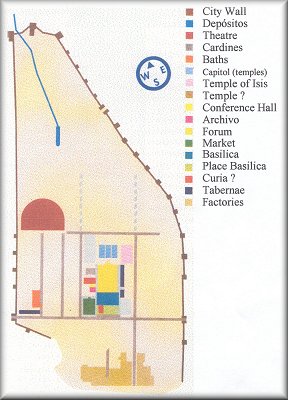
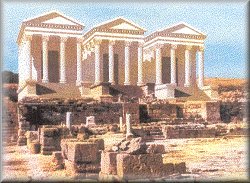 The city, planned in accordance with the classic urban precepts of the time, is clearly defined by its walled perimeter.
The city, planned in accordance with the classic urban precepts of the time, is clearly defined by its walled perimeter.
The forum or public square is situated at the convergence of the two main streets of Baelo Claudia. Around this stood most of the public buildings: the Capitol (site of the temples of Juno, Jupiter and Minerva and that of Isis, the Egyptian goddess); the Curia or local senate, the shops or "tabernae", the Basilica and the market or "marcellum".
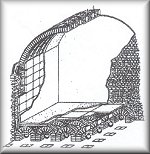 The theatre is located in the area of steepest gradient so as to take advantage of the natural slope of the land for the installation of the seating.
The theatre is located in the area of steepest gradient so as to take advantage of the natural slope of the land for the installation of the seating.
The baths lie east of the city and, it seems, were private or at least semi-private. Water-supply to the city was obtained across three aqueducts and at least one of these, with its northerly point of origin, emptied out to a tank.
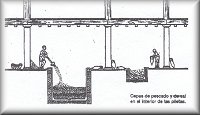 By the sea-shore lies the industrial quarter where the curing of fish took place and the "garum " was made. The Necropolis was situated, s was the custom, to the east and west of the city, outside the walled boundary, on each side of the thoroughfares.
By the sea-shore lies the industrial quarter where the curing of fish took place and the "garum " was made. The Necropolis was situated, s was the custom, to the east and west of the city, outside the walled boundary, on each side of the thoroughfares.
